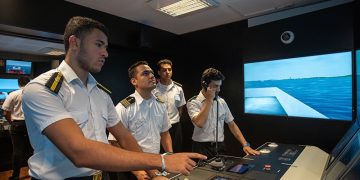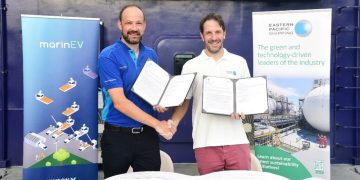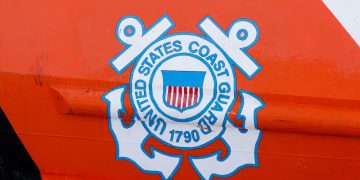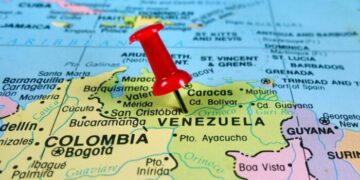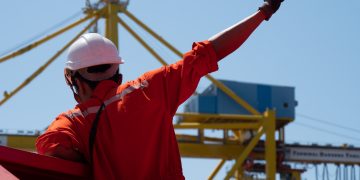EPA funds clean diesel projects at US ports
The U.S. Environmental Protection Agency (EPA) awarded $5 million in grant funding for clean diesel projects at U.S. ports. The selected projects in California, Oregon, New Jersey and Texas will improve the air quality for people who live and work near the ports, and significantly reduce emissions of the greenhouse gasses that lead to climate change. “EPA and ports have a shared interest in working together to find practical solutions to reduce pollution for the benefit of workers and communities,” EPA Administrator Gina McCarthy said at a conference hosted by American Association of Ports Authorities, where she announced the grant recipients. “The key to our success, the key to healthier families and strong economic growth, is all of us working together.” Most of the country’s busiest ports are located near large metropolitan areas and, as a result, people in neighboring communities are exposed to high levels of diesel emissions, which contribute to smog and soot that can cause illness, hospitalization, or premature death. Since most ships and equipment at ports run on diesel engines, clean diesel projects at ports produce immediate emissions reductions and provide health benefits to those living and working in the area. Depending on the type of ...
Read more



